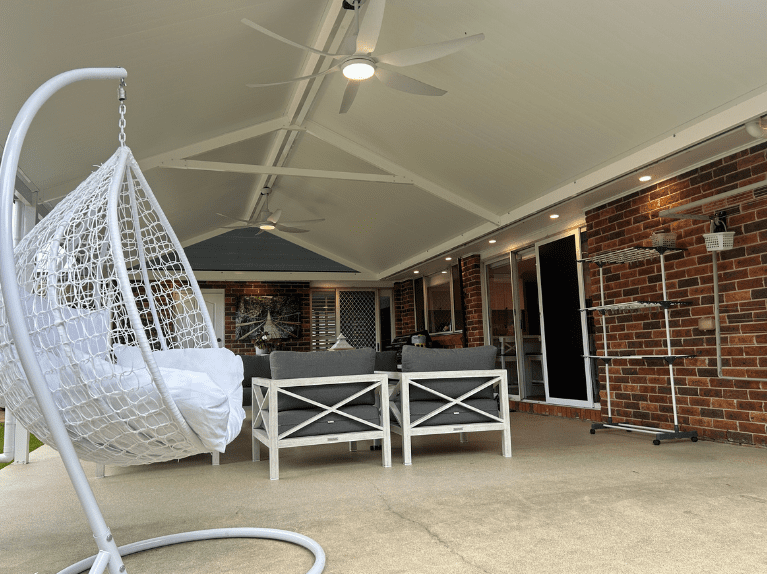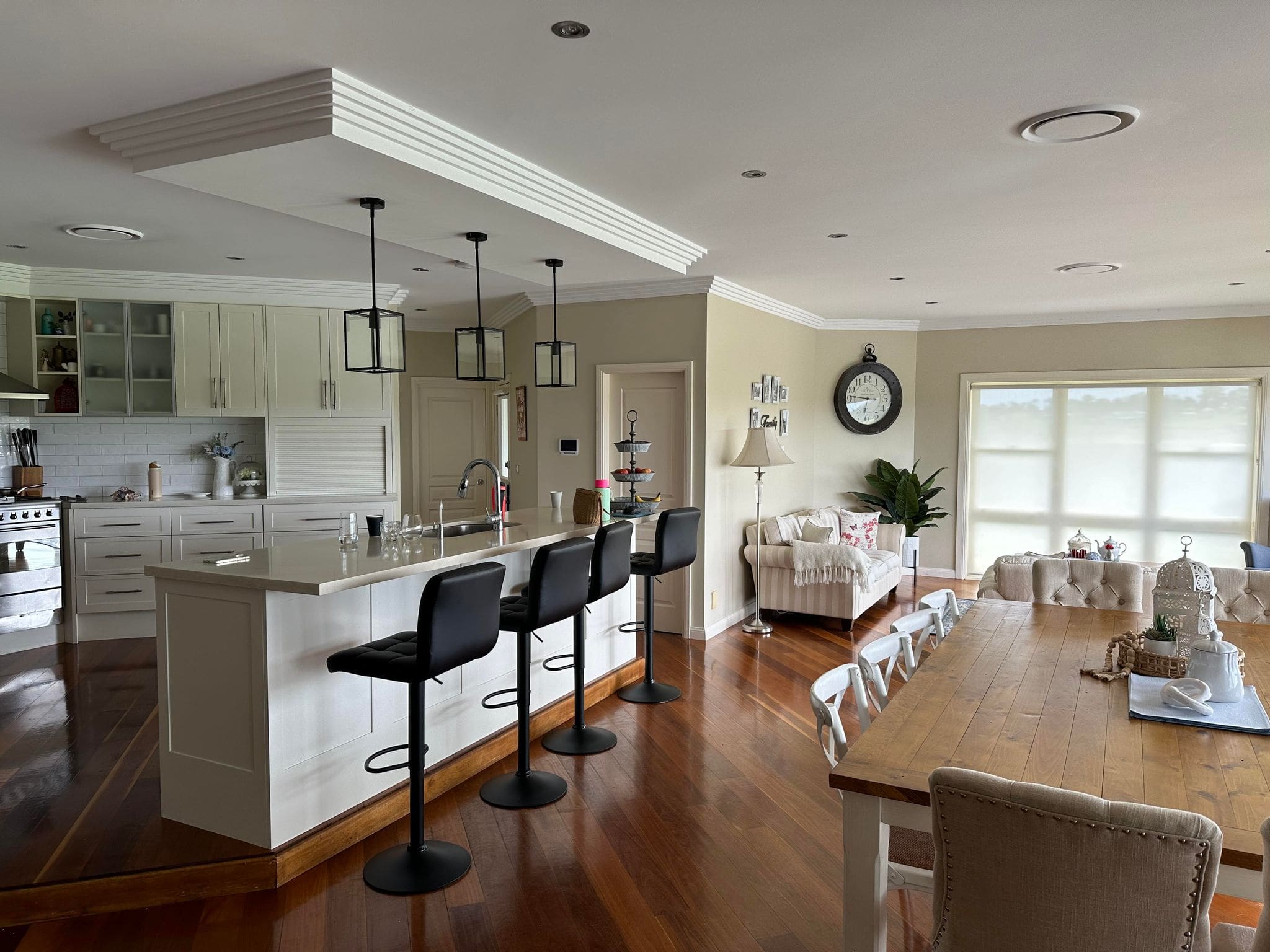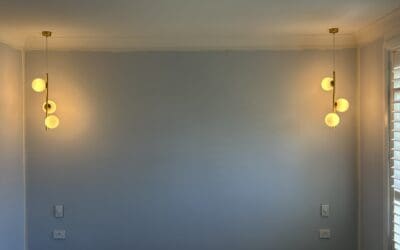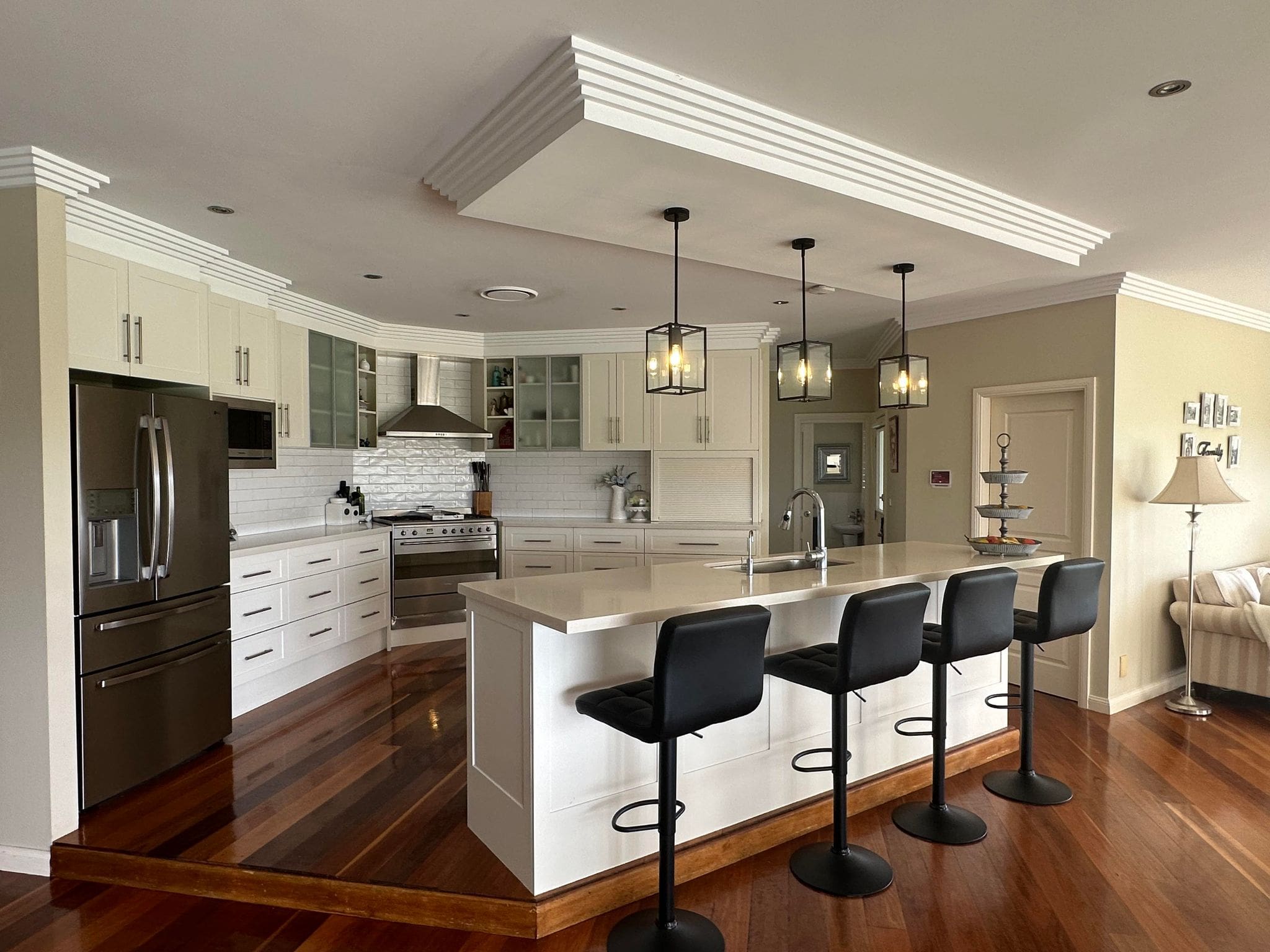More on Casula
Casula, located in south-west Sydney, has a rich history that reflects its transition from a rural settlement to a thriving suburban community. The area was originally inhabited by the Dharug people, who lived along the Georges River and relied on its resources for food, shelter, and cultural practices.
European settlement began in the early 19th century when land grants were issued for farming and grazing. The name "Casula" is believed to have originated from a local property owned by Richard Guise, who named it after the Latin word for "little house." For much of the 19th and early 20th centuries, Casula remained a largely agricultural area, with dairy farms and orchards forming the backbone of the local economy.
The expansion of rail transport played a significant role in Casula’s development. The opening of Casula railway station in 1918 improved connectivity to Sydney and encouraged gradual suburban growth. Post-World War II, Casula experienced a wave of residential development, driven by Sydney’s housing demand and increased migration.
As Casula grew, reliable electricity became essential for supporting homes, businesses, and public services. The introduction of electrical infrastructure allowed for modern conveniences, improved lighting, and the expansion of commercial areas. Today, electricity plays a crucial role in powering homes, retail spaces, schools, and essential services, ensuring the suburb remains a well-connected and efficient place to live.
Casula continues to evolve, with new housing estates, shopping precincts, and infrastructure projects supporting its expanding population. The Casula Powerhouse Arts Centre, a former power station turned cultural venue, is a unique reminder of how energy and electricity have played a role in the area's transformation. With ongoing development and technological advancements, electrical services will remain key to Casula’s future growth and sustainability.













